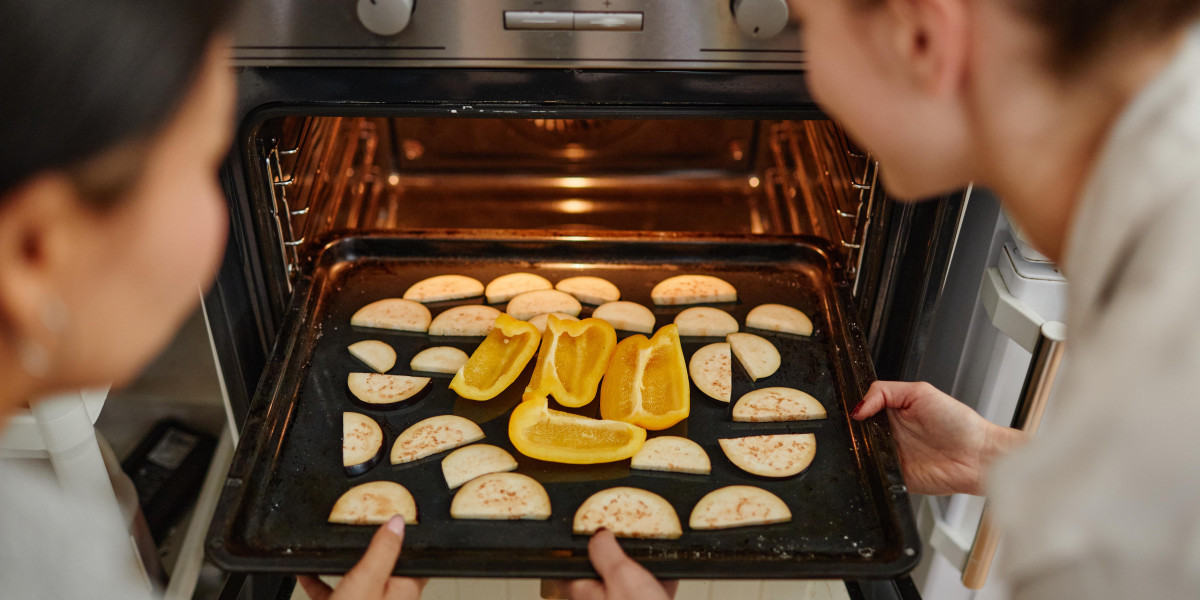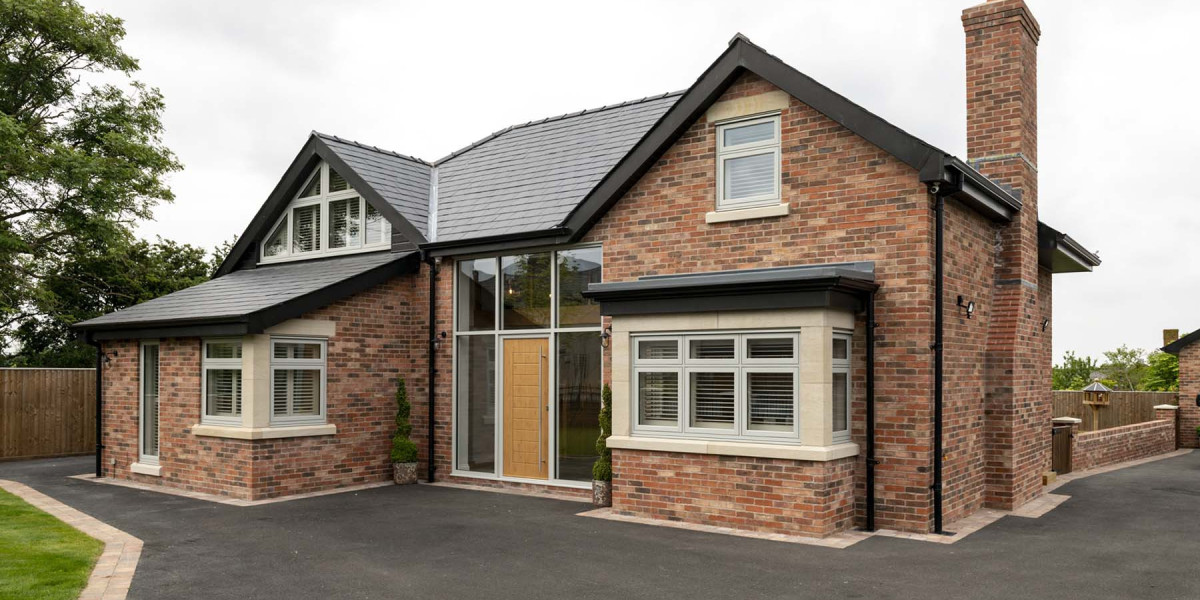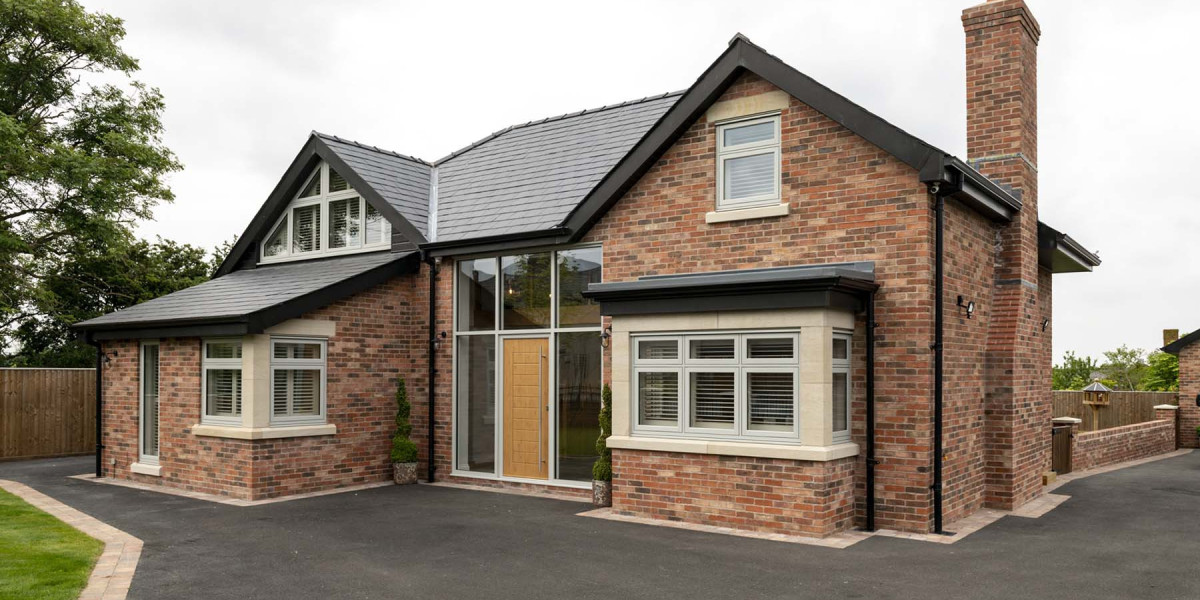
Understanding Electric Integrated Ovens: A Comprehensive Guide
As innovation continues to advance, the kitchen device market has actually seen an impressive improvement, particularly with the introduction of electric integrated ovens. These appliances use a seamless blend of modern design and functionality, becoming necessary tools for both amateur and expert chefs alike. This article will explore the different elements of electric integrated ovens, highlighting their functions, advantages, and factors to consider when purchasing.
What is an Electric Integrated Oven?
An electric built in ovens uk integrated oven is a Hisense Built-in Electric Single Oven - Black cooking device that is designed to fit effortlessly into kitchen cabinetry. Unlike freestanding ovens, integrated ovens are often flush with the surrounding cabinets, providing a structured visual. They are generally powered by electricity, which offers constant cooking temperature levels and precise control.
Key Features of Electric Integrated Ovens
Electric integrated ovens include a plethora of functions that accommodate varying cooking requirements. Here are a few of the essential features:
- Design Flexibility: The built in range-in style enables custom-made setups according to kitchen layouts.
- Numerous Cooking Modes: Most electric integrated ovens offer varied cooking modes, including baking, broiling, roasting, and convection.
- Self-Cleaning Options: Many models consist of self-cleaning features that make use of heats to burn food residues.
- Smart Technology: Advanced models include clever features allowing users to manage the oven remotely via smart device apps.
- Energy Efficiency: Electric ovens are typically designed to take in less energy compared to their gas equivalents.
Benefits of Electric Integrated Ovens
Electric integrated ovens provide various benefits for home cooks. Below are a few of the most significant advantages:
- Space-Saving Design: The combination into cabinets optimizes kitchen space, making it ideal for smaller sized kitchen areas.
- Visual Appeal: The streamlined appearance enhances the general appearance of a kitchen, offering it a contemporary and sleek surface.
- Constant Cooking Performance: Electric ovens disperse heat equally, leading to better cooking results.
- Security Features: Many integrated designs feature safety functions such as car shut-off and cool-touch doors, minimizing the risk of mishaps.
- Versatile Cooking Options: The ability to change between various cooking modes provides versatility for numerous cooking styles.
| Feature | Description |
|---|---|
| Style Flexibility | built in range to fit in existing kitchen cabinetry |
| Numerous Cooking Modes | Bake, broil, roast, and convection choices |
| Self-Cleaning Options | High-temperature cleaning for maintenance |
| Smart Technology | Push-button control for improved ease of use |
| Energy Efficiency | Lower energy usage compared to gas ovens |
Factors to consider When Purchasing an Electric Integrated Oven
Selecting the best electric integrated oven needs mindful consideration of different elements. Here's a list of points to remember:
- Size and Capacity: Assess the area readily available in your kitchen and the size of the oven that fits easily while still supplying adequate cooking capability.
- Cooking Features: Identify the cooking includes that are important for your needs, such as convection cooking or steam cooking.
- Rate Range: Determine your budget and examine the options readily available within that range, remembering that higher-end designs frequently come with innovative functions.
- Setup: Consider the installation procedure and whether expert aid is needed to ensure a smooth fit.
- Energy Rating: Look for ovens with good energy rankings to decrease long-lasting electrical energy costs.
Typical Types of Electric Integrated Ovens
Several kinds of electric integrated ovens cater to diverse cooking environments and user choices. Here are some common alternatives:
- Single Ovens: This is the most typical type, perfect for common home cooking requirements.
- Double Ovens: These ovens offer two separate compartments, allowing for multitasking.
- Compact Ovens: Smaller in size, these designs are ideal for kitchens with limited area.
- Steam Ovens: Incorporating steam cooking, these ovens are excellent for much healthier meal preparation.
- Wall Ovens: Installed within the wall, these ovens conserve area and offer a greater cooking range.
Frequently Asked Questions (FAQs)
Q1: How do I tidy my electric integrated oven?
A: Most contemporary electric integrated ovens come with self-cleaning functions. However, for manual cleansing, it's a good idea to use non-abrasive cleaners and a soft fabric. Constantly refer to the maker's standards for particular cleaning directions.
Q2: Can I set up an electric integrated oven myself?
A: While some property owners may try a DIY setup, it is suggested to employ an expert for a seamless fit, making sure that the electrical connections are safe and certified with regional codes.
Q3: Are electric integrated ovens energy-efficient?
A: Yes, electric integrated ovens are typically more energy-efficient than gas ovens. Search for models with high energy ratings for optimal performance.
Q4: What cooking modes should I search for?
A: Look for ovens offering versatile cooking modes like convection baking, broiling, and steam cooking, which can enhance your cooking experience.
Q5: Do electric integrated ovens require regular upkeep?

A: Yes, routine maintenance, including cleansing and making sure that seals are intact, will extend the oven's life-span and improve cooking efficiency.
Electric integrated ovens are a remarkable addition to any modern kitchen, combining aesthetic appeal with versatile cooking functionalities. They not just conserve area but also offer innovative functions that can raise cooking experiences. By understanding their characteristics and advantages, customers can make educated decisions when selecting an electric integrated oven that best meets their cooking requirements. Eventually, these ovens stand as a testament to the evolution of kitchen innovation, accommodating the needs of today's aiming chefs.








